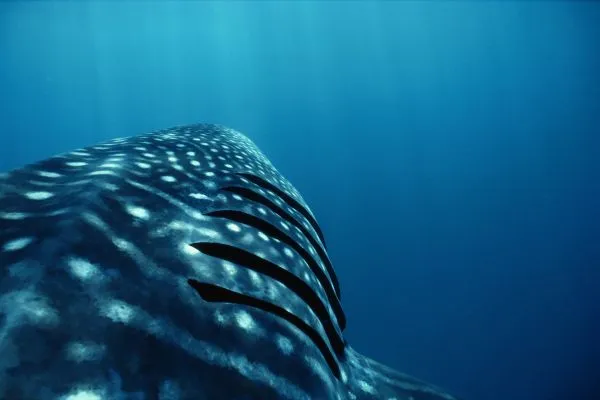Explore the fascinating mechanism behind how fish breathe and adapt to their aquatic habitats.

Lungs aren’t much use under water. Water is more dense and viscous than air, which makes pumping it in and out of inflatable sacs very energy consuming. So, aquatic animals need a different method of extracting life-giving oxygen from their environment.
How do fish gills work?
A fish’s gills simply require a one-way flow of water over blood-rich tissues. The water enters through the mouth and exits through the gill slits on the side of the head.

In between, the water passes through the gills themselves, curtain-like tissues that hang from stiff supporting structures. They are packed with tiny blood vessels, and as the water passes through them, oxygen dissolved in the water diffuses into the blood, while carbon dioxide is expelled in the opposite direction.
How do fish use gills to breathe on land?
Some fish, such as mudskippers, can venture onto land by trapping oxygenated water in their gill chambers, like a mammal taking a lungful of air before diving.
Once our own fishy ancestors left the water for good and adapted to a life on land, they had no use for gills. The gill structures still exist, though, having been repurposed to build our voice box, lower jaw and the tiny bones of our ears.
Find out more fishy facts
Our experts have answered a range of fish-related questions, including can fish drown?, do fish sleep? and do fish pee?